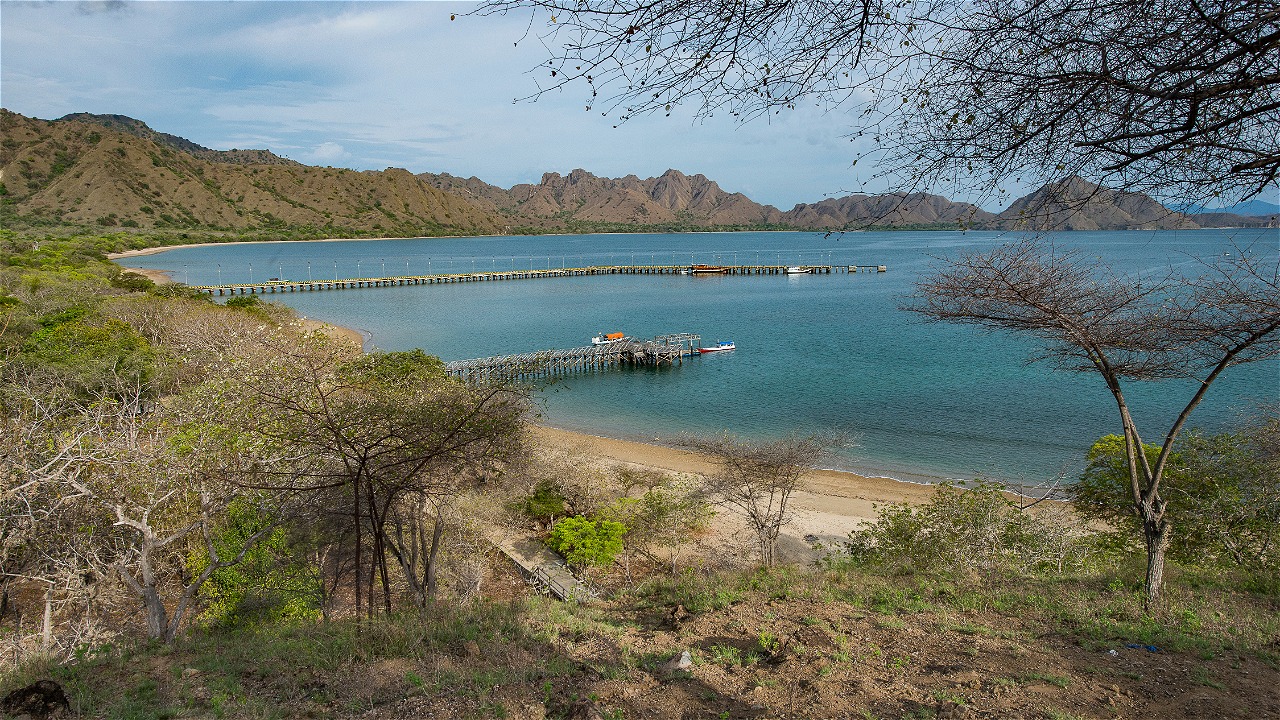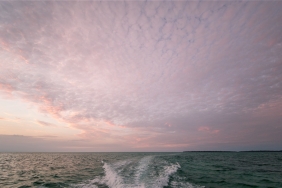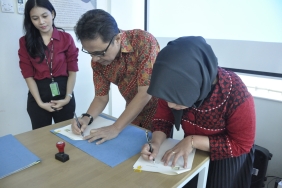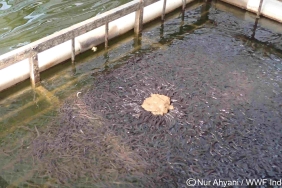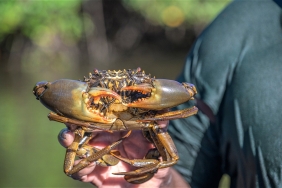BTN KOMODO HOLDS RESOURCE USE MONITORING TO MONITOR COMPLIANCE OF AREA USERS
By: Jensi Sartin, Komodo MPA Coordinator
The highest utilization activity in Komodo National Park (NP) was found in the Marine Protection Zone. This is one of the findings of the Resource Use Monitoring (RUM) in the first quarter of 2017 by the Komodo National Park Office (BTN), with the support of the Lesser Sunda Sub-seascape Program,WWF-Indonesia.
Through RUM activities, data and information on the utilization of marine resources, especially fisheries (extractive utilization), tourism, and aquaculture (non-extractive utilization) within the Komodo National Park area were collected.
A total of 8 BTN Komodo staff, consisting of 4 Forest Ecosystem Controllers, 2 Forestry Police, and 2 water patrol staff, were directly involved in this Resource Use Monitoring activity. In this RUM, a total of 104 datasets were collected during the 4-day search of Komodo National Park waters. "From our monitoring, we found almost the same number of fisheries activities and tourism activities," Jackson Benu explained.
"Through this monitoring, we can inventory utilization practices, as well as map the patterns of utilization carried out by users of the area," said Jackson Benu, who is also in charge of programs and evaluation at BTN Komodo.
The 1817 km2 Komodo National Park area holds high biodiversity, which will bring enormous benefits if managed optimally. Komodo National Park is one of the National Priority Tourism Destinations for the 2016-2019 period. Internationally, UNESCO has designated Komodo National Park as a World Heritage Site and Man and Biosphere Reserve.
With the existing potential, Komodo National Park is a tourist destination that is in great demand by foreign and domestic tourists. "The trend shows that there continues to be an increase in tourist visits, including the visit target given by the government of 500,000 foreign tourists until 2019," said Ande Kefi, BTN Komodo Forest Ecosystem Control staff.
In addition, the waters of Komodo National Park are also an important location for fishing areas. "The waters of Komodo National Park and its surroundings are not only utilized by fishermen in the area, but also fishermen from other areas in NTT, even fishermen from Sape in Bima Regency, NTB. This large fishery potential is of course because Komodo National Park is a "fish bank" with many fish spawning locations in the area," he continued.
With this great potential, RUM activities are important as a means of fostering area users. "This activity can build constructive interactions between us as managers and area users," explained Yonas, one of the Forestry Police after monitoring the waters of the west side of Komodo National Park, which is a violation-prone area.
"Through data collection interviews, we can find out the characteristics of the activities they do. Moreover, we can also focus our monitoring patrols on areas with the highest utilization, and provide guidance on activities that have the potential to damage the area," he added.
The implementation of this periodic RUM is expected to continue to encourage the improvement of area utilization practices by responsibly using the area. Be it for fisheries, or sustainable tourism, like our dream for Komodo.

